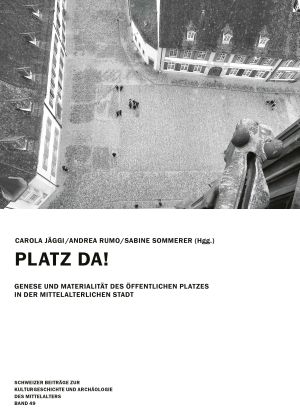Baeriswyl, Armand
Zeugen vergangener Macht und Herrschaft: Schweizer Burgen und Schlösser vom Mittelalter bis heute
The 2016 conference in Spiez gave an insight into the current state of castle research and highlighted aspects of social and cultural history as well as the history of power. The proceedings begin with an introduction to the topic of medieval aristocracy and castle construction (Thomas Biller). This is followed by studies of the castles of the Zähringen dynasty (Heinz Krieg) and in the former diocese of Geneva (Matthieu de la Corbière), a case study of Colombier Castle in Canton Neuchâtel (Ferdinand Pajor) and an overview of early castle construction in what is today Swiss territory (Armand Baeriswyl). Special attention is then devoted to the Habsburg fortified border after 1499 (Peter Niederhäuser). A chronological trajectory from the Middle Ages to the present is drawn by papers on castle construction (Jürg Schweizer) and the castle revival (Elisabeth Crettaz) as well as a study of how castles are used today (Thomas Pauli-Gabi). The publication also contained short monographs and illustrations of 25 Swiss castles that are important from the point of view of both research history and castle typology.
Platz Da! Der öffentliche Platz in der mittelalterlichen Stadt
Many recent publications have dealt with medieval town squares as public spaces and stages to assert political power, and as “theatres” of ritual and social interaction. This volume comprises 16 presentations held at a conference in Zurich in 2017.
Researchers have, at times, lost sight of the genesis and materiality of public squares in the towns and cities concerned. Rarely have they asked when, where and by whom were the squares created; what components were used to demarcate them; how were they accessed; how were the surfaces reinforced; and how did their physical appearance change over the centuries?
The theme of the conference was the public square as a physical component of the fabric of a medieval town or city. Individual towns and cities were looked at as separate units of study whose undeveloped areas were then compared in terms of their genesis and how they functioned within the urbanistic context. It goes without saying that both archaeological contexts and historical sources were consulted.








